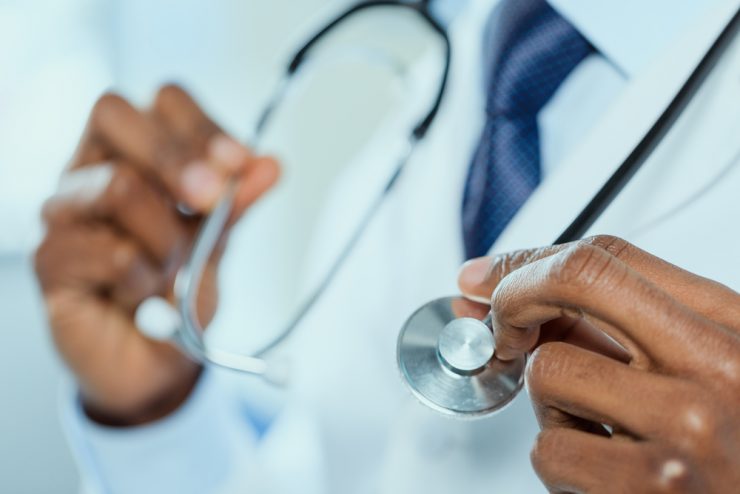Testicles are a part of the reproductive system in males, which are in charge of producing the male sperms and the testosterone. Testicular cancer is a caner that affects this male organ, which eventually can lead to the death of the person.
There are many varied kinds of cells within the human body. At times, these cells turn abnormal and multiply at a very fast rate. This is due to the formation of a growth called as a tumour, which in turn is the cause for cancer. Testicular cancer is most common in young or mid-aged men. There are two types – seminoma and non-seminoma.
Symptoms of testicular cancer
The easiest way to test for this condition is to look for a lumpy or swelling structure in the testicles. Most of the time this does not result in cancer, but one must always get your doctor to check it if you feel a lump. Some other symptoms of testicular cancer are: a sharp irregular ache in the testicle or scrotum, a heavy feeling in the scrotum, an ache in the lower part of the abdomen, fatigue, a general unwell feeling.
In some rare cancer situations, the breast tissue may get sore and hardened. If the cancer spreads further, it leads to cough, breathing problems, swallowing problems and also chest swellings.
Causes of testicular cancer
Undescended testicles: if the testicles fail to move down after birth into the scrotum. This condition leads to greater risk of getting this condition.
Age and Race: this cancer is very common among young men and mid-aged men.
Close family member: if in case a close member of the family has the condition, then your chances of contracting it are much more.
Mumps orchitis: this can lead to inflammation of the testicles leading to testicular cancer.
Fertility problems: men with a low count of sperm can be at more risk of contracting this cancer.
Diagnosing testicular cancer
Physical examination: the general practitioner will conduct a thorough physical to check for lumps and other external signs of the cancer.
Scrotal ultrasound: this scan is very painless and makes use of sound waves of very high levels to turn out images of the testicular inside, making it easy to determine the extent of infection.
Biopsy: a biopsy is taken of the cancer tumours cells, and then they are examined to find out the type of cancer, and the necessary course of action to be taken.
Treating testicular cancer
There are 3 main types of treatments for testicular cancer; they are surgery, radiotherapy and chemotherapy. The most common way is surgery, called as orchidectomy. This involves the removal of the testicles if they can’t be treated in time. The other treatments include: testosterone replacement therapy, Lymph node surgery, Nerve sparing lymph node dissection, Radiotherapy, and Chemotherapy.
Preventing testicular cancer
The best way is to have regular checks on the testicles, feel them for lumps, check the weight and size, and check on each testicle one by one as well.










